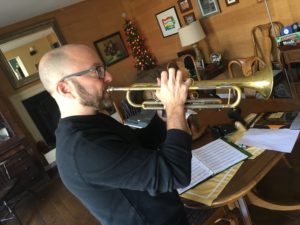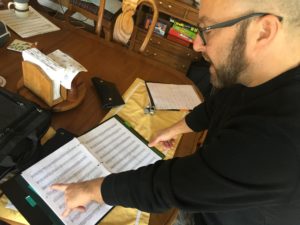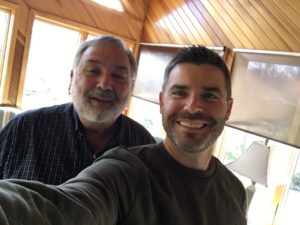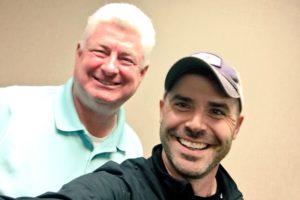During a recent podcast with Lois Wiggins, Band Director at Edith J. Hayes Middle School, a quote stuck out to me. She said, “If you want it, Teach it!” She mentioned young students are not born with the capacity to sit still and quietly for even five minutes at a time. You have to teach them to behave correctly according to the expectations. What great advice as we prepare students to learn and grow as musicians and people.
This advice, while simple in nature, is very profound. How many times have educators said things like “I wish my students were more serious, or I wish my students would rehearse better? I know as a consultant during the fall many directors are concerned their students will not listen, or will not take things as serious as they wish they would. I have also heard the directors say students talk after every repetition or so much time is wasted in between takes. My response since talking to Lois has been, “Have you taken the time to teach them how to do those things that you expect? What should their thoughts be and how do they raise their expectations?” It may not be that they don’t want to, they may just not know how! It may take many days and much patience, but by teaching the student how to do something, instead of just telling them to do it, you will see a huge impact.
The training of the students’ mind, energy and thoughts should be just as important as the music itself if not more so. We as educators need to take the time and initiative to give our young musicians the chance to be mentally ready for what we expect them to handle. Some examples of this might be:
1. sitting still in class
2. not bringing phones to rehearsal
3. what to do when you finish a repetition
4. using a pencil to write things in the music (without being told when to do so)
5. how to stay focused when someone enters the room
These are just some small examples of things that can be taken for granted that students should be able to do, but no-one has ever taken the time to teach it just as you would the notes and dynamics. It may be different depending on what you teach and what the expectations are for your class.
I had a student ask me “How do I practice at home?” What a great question!
This is an example of a student coming to me and asking for me to teach them what I took for granted they already knew. This student was begging to be better. Some students may be this far along, but others may be longing for the training of just how to expect more from themselves. Whatever it is that you want out of your students, break down your thought process and then teach your young musicians to think the same way. Whatever it is, If you want it, Teach it.
Do you have an example of an “If you want it, teach it” moment?
You can check out the podcast episode here!






